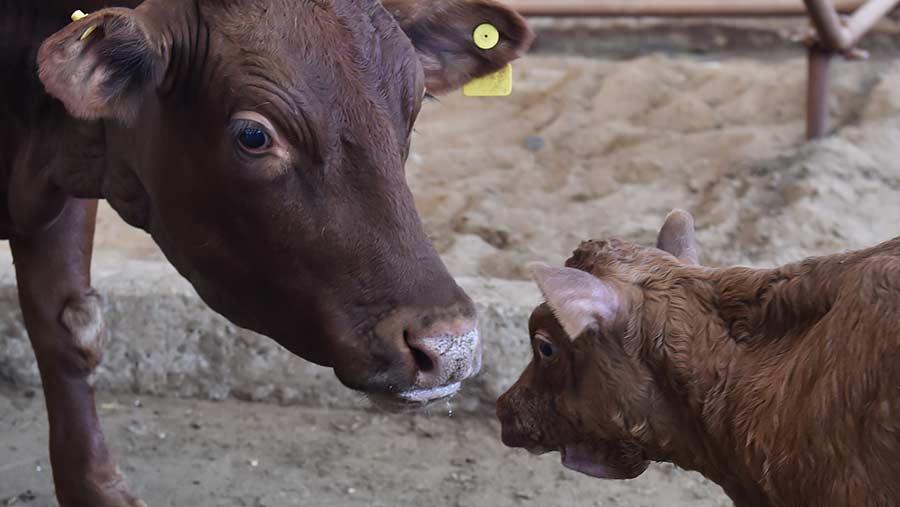China confirms one million-cow cloning ‘factory’
 © Xinhua News Agency/REX Shutterstock
© Xinhua News Agency/REX Shutterstock A cattle cloning “factory” reportedly targeting an annual output of one million cows is set to hit the Chinese market.
The controversial CNY200m (£20.7m) plant will initially produce 100,000 embryos a year to help meet domestic demand, said a spokesman at Boyalife Group, a company involved in the venture.
The Tianjin site will also clone sniffer dogs, pet dogs and racehorses, pushing animal cloning “closer to mainstream acceptance”, the spokesman claimed.
Red meat market analyst Stuart Ashworth from Quality Meat Scotland was doubtful whether this would have any marked effect on Scottish producers.
“While in China, people think differently than in Europe and do not reject cloning per se, even as food, I am unable to say whether Chinese consumers would buy this product or not.”
Debbie Butcher, beef and lamb senior analyst
“Until now, Hong Kong has been the only way into the market and this has largely been for cheaper cuts, such as skirts and flaps,” he told Farmers Weekly.
He estimated cloned cattle to equate to a 3% increase in domestic Chinese beef production, playing down the potential effect in light of bullish growth prospects for Chinese red meat demand. He stressed there were many “unanswered questions” about the subject of animal cloning.
Chinese cattle facts
- Overall cattle herd of 104.2 million head in 2014
- Beef herd at 46.4 million
- US Department of Agriculture forecasts 2016 production at 6.785m tonnes
- Dairy cattle culling is expected to help production in 2016
“I would have reservations with regard to what the global scientific community thinks of cloning and how this will be received by the Chinese middle classes. They may struggle to accept, much like in Europe, that cloned meat could be retailed in their supermarkets.
“According to the US Department of Agriculture’s calculations, China has a little over 100 million cattle, so if the number of cloned cattle is to rise to 100 million, this figure would be 1% of the national industry.”
Analysts have gauged that China desires to become 100% self-sufficient in pork, but is willing to continue importing lamb and beef from abroad, he added.
| China imports January-June 2015 | |
| Urguay | 31% |
| New Zealand | 18% |
| Argentina | 11% |
| Canada | 2% |
| Australia | 38% |
